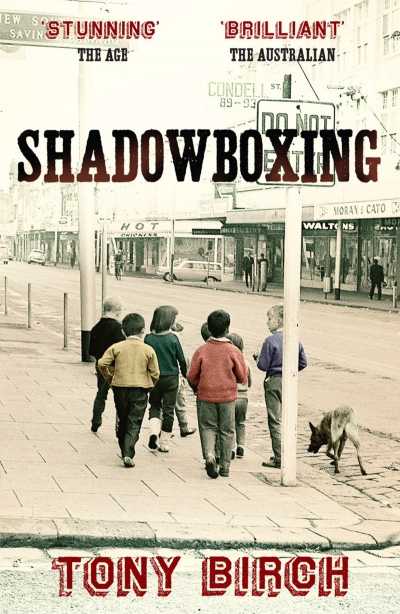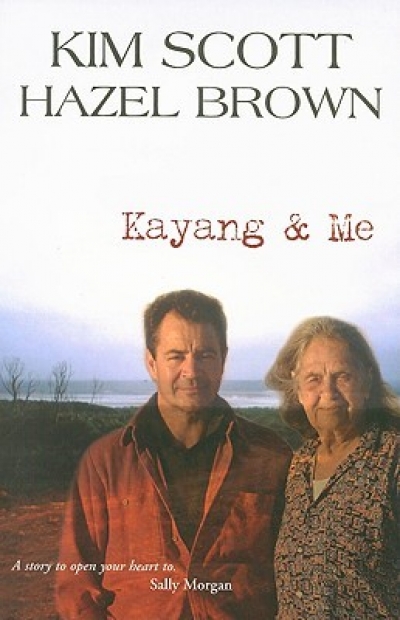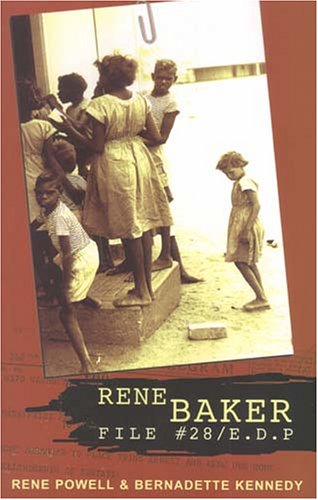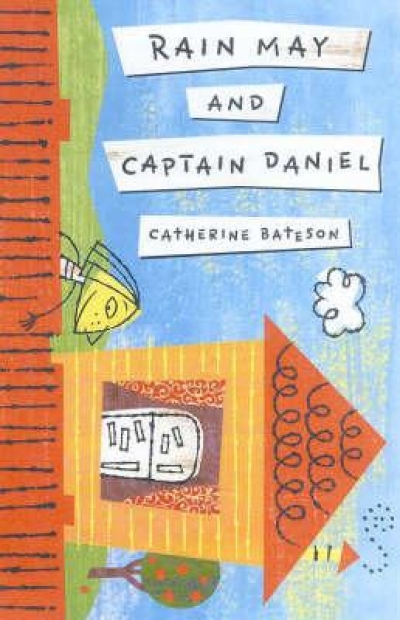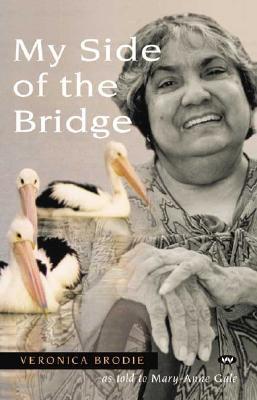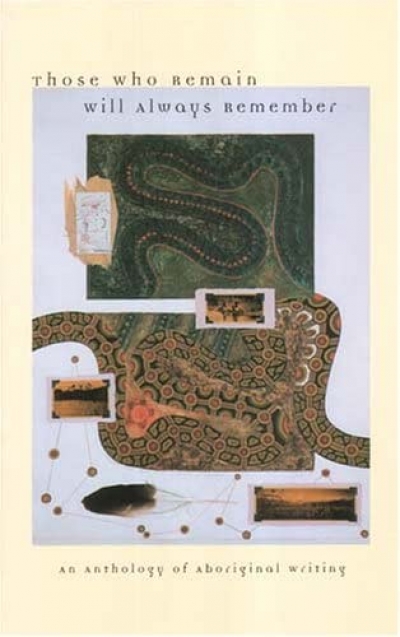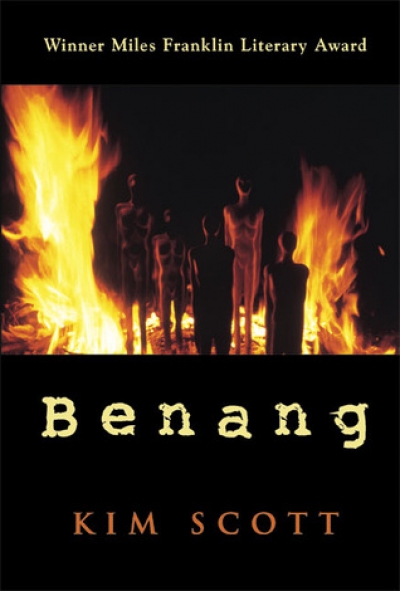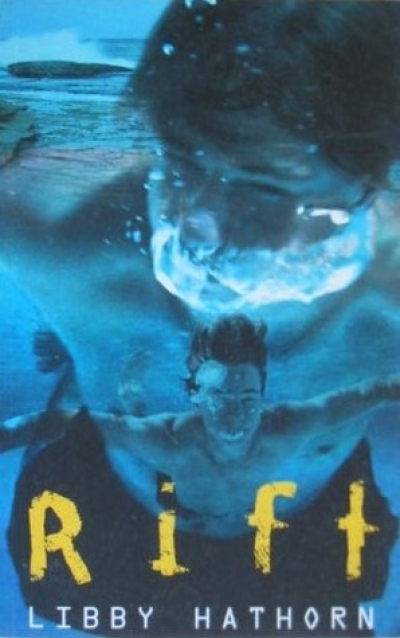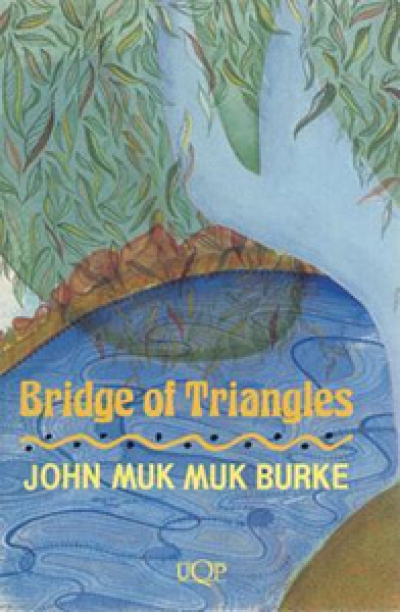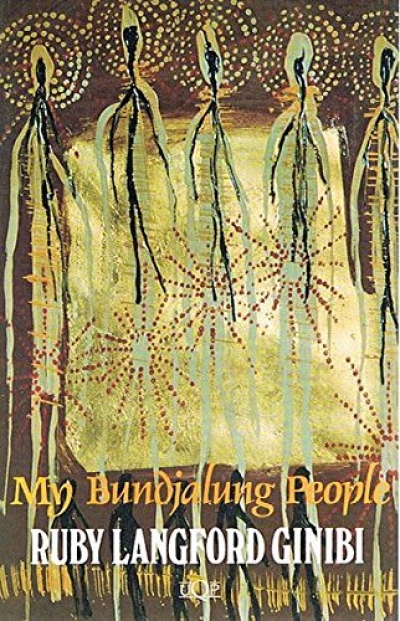Indigenous Writing
Shadowboxing is a collection of discrete short stories charting the arduous journey of the narrator, Michael Byrne, from childhood to fatherhood. Living in the inner-Melbourne suburbs of Carlton, Richmond, and Fitzroy in the 1960s was for many a tough proposition – and the Byrne family is no exception. Their household is headed by an embittered alcoholic whose violent tendencies are a source of constant dread. Money is always tight, and the family’s grip on any sort of security or comfort is invariably tenuous. Yet when the stories have been told, what we are left with is not a litany of woe but rather powerful examples of resilience and resourcefulness provided by the inhabitants of these impoverished communities.
... (read more)Readers of Kayang and Me should not be lulled by the beauty of its prose or by its seemingly easy location within the now-familiar genre of indigenous life story. This book dislodges its white readers from positions of quietude or certainty, and takes us into a world marked by irredeemable loss – our own as well as Noongars’. Among other things, Kayang and Me points to the crucial things that settler-colonisers have lost or forsaken in the mistaken pursuit of the bounties of colonisation, and it calls for nothing less than a radical remaking of the Australian nation-state. Significantly, it installs writing and reading as practices through which the past, present and future might come to be differently known and newly imagined. The white reader is shown to be implicated in the story she holds in her hands, in its vision of another future as well as in its tragic present and past.
... (read more)RENE BAKER FILE #28/E.D.P. by Rene Powell and Bernadette Kennedy
Rene Baker File #28/E.D.P. is written by two women, Rene Powell and Bernadette Kennedy. Powell is an Aboriginal woman who was taken from her mother at the age of four. Kennedy, an ex-nun who is descended from Irish, English and Scottish migrants, has ‘worked with the homeless and disadvantaged in Western Australia’ for more than twenty-five years. The two women met through Kennedy’s religious work and because of Rene’s drinking problem: Rene was the first resident in a homeless women’s shelter that Kennedy helped to run.
... (read more)Rain May and Captain Daniel by Catherine Bateson & Too Flash by Melissa Lucashenko
In the list of life’s most stressful events, family breakups and moving home are way up there in the top ten, and one often follows the other, compounding the trauma. This is the situation for eleven-year-old Rain in Catherine Bateson’s Rain May and Captain Daniel, when her mother, Maggie, sells their inner-city house in the aftermath of divorce. They head for the country to turn Grandma’s deceased estate into a dream home. Maggie’s hopes are higher than her daughter’s: she foresees serenity, harmony, and self-sufficiency; Rain expects ‘Boringsville’.
... (read more)My Side of the Bridge by Veronica Brodie & Black Chicks Talking by Leah Purcell
Books such as these build more bridges between Aboriginal and the wider society than any secondary source study or essay ever could. Black Chicks Talking and My Side of the Bridge tell the stories of a diverse group of Aboriginal women, most of whose lives would not meet the traditional requirements for published autobiography. On the whole, they are neither famous nor infamous. Most do not conduct their lives in public, nor try to. Perhaps they are swept up in a publishing trend that, at last, is acknowledging this country’s hidden voices, but their stories deserve to be told.
... (read more)Those Who Remain Will Always Remember: An anthology of Aboriginal writing edited by Anne Brewster, Angeline O’Neill and Rosemary van den Berg
Those Who Remain Will Always Remember is a fitting successor to Paperbark, the Muecke, Davis, Shoemaker, Mudrooroo anthology of a decade earlier. Though it is a regional publication, restricted to Aboriginal authors from Western Australia, it follows the same catholic principles of inclusion that made Paperbark a book of its time. Its editors Anne Brewster, Angeline O’Neill, and Rosemary van den Berg provide a kaleidoscopic image of Western Australian Aboriginal life in assembling writings which include critical essays, cultural-political statements, prose fiction, life histories, personal testimony, interviews, and poetry. Importantly, these disparate genres leave the reader with a sense of the editors’ unity of vision rather than ad hoc opportunism.
... (read more)Kim Scott is described on the inside cover of Benang, his second novel, as ‘a descendant of people who have always lived along the south-east coast of Western Australia and is glad to be living in times when it is possible to explore the significance of that fact and be one among those who call themselves Nyoongar ...
... (read more)I am sitting at my home desk high up in the mountains overlooking the border ranges to New South Wales and then to the left, the strip of highrise, the Gold Coast, and the sea beyond. Hathorn and Lucashenko have both set their recent youth novels in an imaginary location not far from me. The sea and the hinterland is a territory I am beginning to know well and I have enjoyed exploring it a little further in my reading.
... (read more)This is a fascinating publication. The first book by Wiradjuri author John Muk Muk Burke, Bridge of Triangles, is really free-form short fiction than a novel proper. Novella length, it is episodic, impressionistic, often poetic and openended. And, while it has many strengths, this 1993 winner of the David Unaipon Award for Aboriginal and Torres Strait Islander authors is ultimately a disquieting piece of work.
... (read more)Contemporary Aboriginal writing, like Aboriginal art, is now so diverse that is impossible to talk about any one particular style. John Muk Muk Burke, whose first novel, Bridge of Triangles, has just been published, recently told a Sydney seminar for Aboriginal writers that they were no longer writing from the viewpoint of victims. He said they were survivors rising from the ashes of the invasion like the phoenix. Burke’s own novel is multi-layered, poetic and visually strong, with a structure informed by his study of world literature.
... (read more)

